If you’ve ever dreamt of creating an aquatic haven that mirrors the wonders of the deep blue sea, then look no further. This guide will unlock the secrets to transforming your aquarium into a natural paradise that captivates your eyes and imagination.
Prepare on a journey of discovery as we unravel the art of crafting a captivating aquatic landscape, where every element, from the sandy substrate to the lush greenery, harmoniously dances together. Get ready to unveil the essence of nature’s tranquility as we reveal the secrets to making your aquarium look natural.
Start with a Solid Foundation
To create a natural-looking aquarium, begin with a suitable substrate. Choosing a substrate that mimics the natural environment of your fish or plants is crucial. Fine sand works well for a tropical beach or riverbed theme, while gravel or pebbles can simulate a rocky river bottom. The proper foundation will provide a realistic backdrop for your aquatic ecosystem.
The Art of Aqua-scaping
Aqua-scaping is an art form that involves arranging rocks, driftwood, and plants visually appealingly. It’s like creating a miniature landscape underwater. Consider combining hardscape elements such as rocks and driftwood to form caves, cliffs, and hiding spots. Ensure the arrangement looks balanced and natural, allowing your fish to explore and feel at home.
Harness the Power of Plants
Plants play a vital role in making an aquarium look natural. They provide oxygen, remove toxins, and create a lush and vibrant atmosphere. Choose plants that thrive in your aquarium’s conditions, such as mosses, ferns, and carpeting plants.
Utilize different heights and textures to create depth and mimic the diversity found in natural habitats. Remember to trim and maintain them regularly to stay healthy and vibrant.
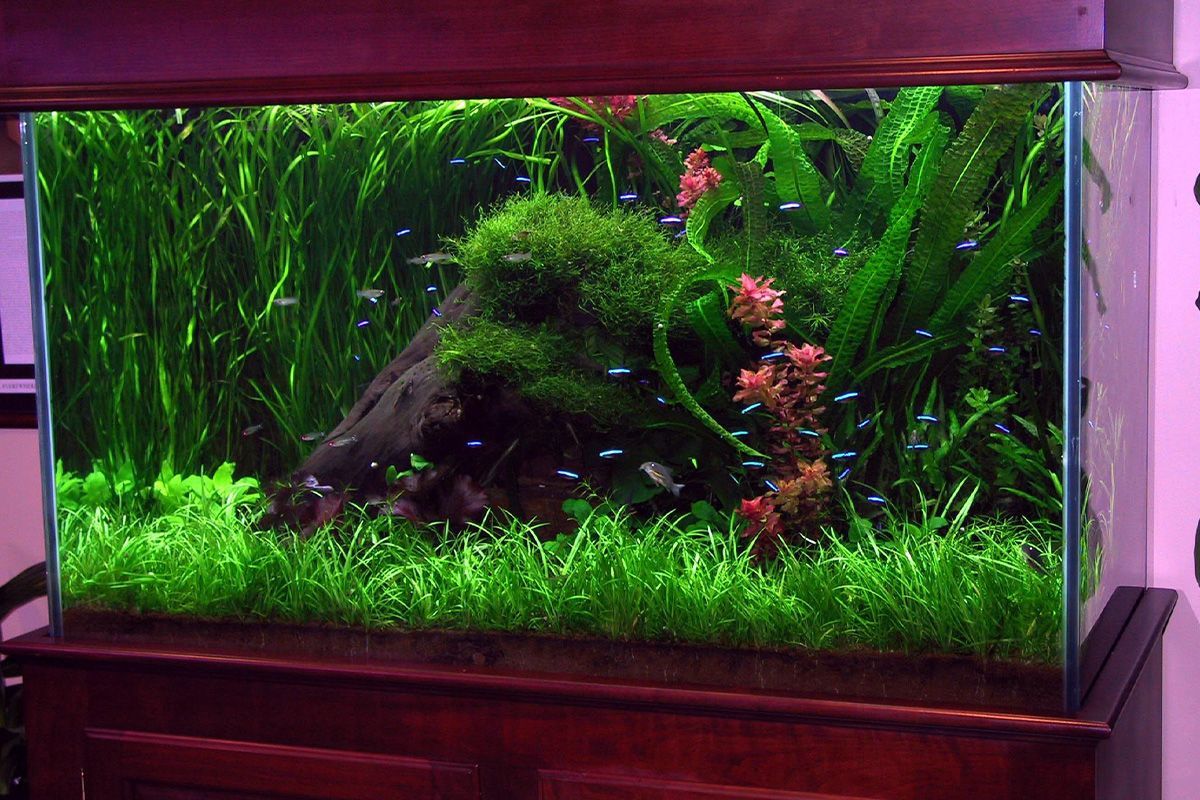
Lighting Magic
Proper lighting can dramatically enhance the natural aesthetics of your aquarium. Mimicking the daily sunlight cycle is essential, so invest in a high-quality aquarium light with adjustable brightness and color temperature. Research the lighting requirements of your plants and fish, as different species have different needs. The proper lighting will make your aquarium shine, highlighting the beauty of the aquatic life within.
Natural Décor Delights
In addition to rocks and driftwood, consider incorporating other natural elements to enhance your aquarium’s realism. Add leaf litter, twigs, or branches to mimic the forest floor or create an authentic biotope. Live plants like floating moss balls can bring a touch of natural elegance. These elements will provide a sense of authenticity and make your aquarium a captivating sight.
Fish and Fauna Selection
Choose species from the wild, promoting a harmonious and genuine community. Avoid overcrowding, which can cause stress and disrupt the balance. A well-balanced selection of fish and fauna will make your aquarium feel like a slice of nature.
Maintenance and Care
Regular maintenance is crucial to keep your aquarium looking natural and healthy. Perform routine water changes, monitor water parameters, and clean any algae or debris that accumulates. Avoid using artificial chemicals whenever possible, as they can disrupt the delicate balance of your ecosystem. By providing optimal care, you’ll ensure your aquarium remains a thriving natural habitat for your aquatic friends.
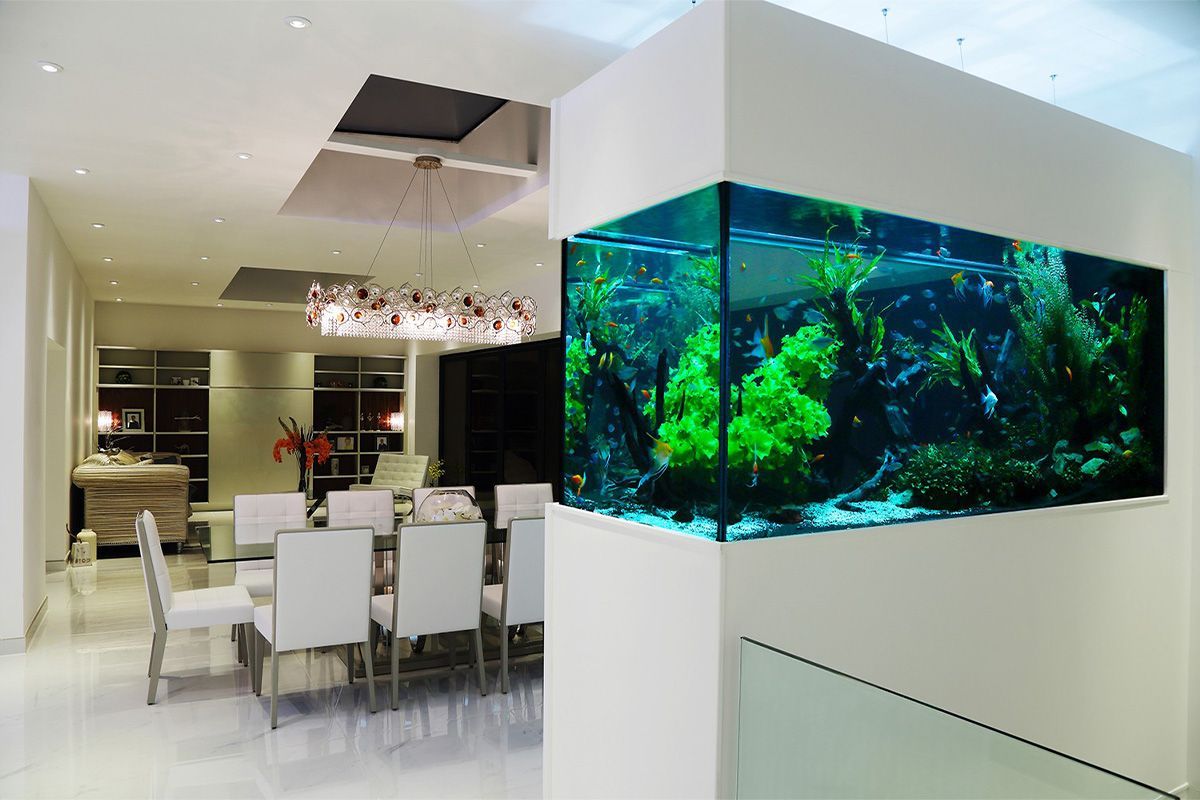
Consider Biotope Aquaria
Biotope aquaria replicate specific natural habitats, such as the Amazon River, African Rift Lakes, or Southeast Asian rice paddies. Research the particular requirements of your chosen biotope and carefully select fish, plants, and decorations native to that region. Recreating a specific ecosystem can achieve a remarkably authentic and visually stunning aquarium.
Use Natural Backgrounds
Adding a natural background to your aquarium can create a seamless transition between the tank and its surroundings. Opt for a backdrop that mimics the natural environment you’re trying to recreate, such as an underwater forest, coral reef, or rocky riverbed. These backgrounds enhance the overall aesthetics and provide a sense of depth and immersion.
Pay Attention to Water Flow
Simulating natural water movement is essential for a realistic aquarium. Consider incorporating a water pump or power head to create gentle currents, mimicking the flow of a river or ocean. Adequate water circulation adds realism and promotes the health of your aquatic plants and fish by distributing nutrients and oxygen more effectively.
Embrace Natural Feeding Behaviors
To enhance the natural behavior of your fish, consider offering them a varied diet that closely resembles their natural feeding habits. Research the specific dietary requirements of your fish species and provide a mix of commercial food, live or frozen foods, and even occasional treats like brine shrimp or daphnia. Observing your fish engage in their natural feeding behaviors adds another layer of authenticity to your aquarium.
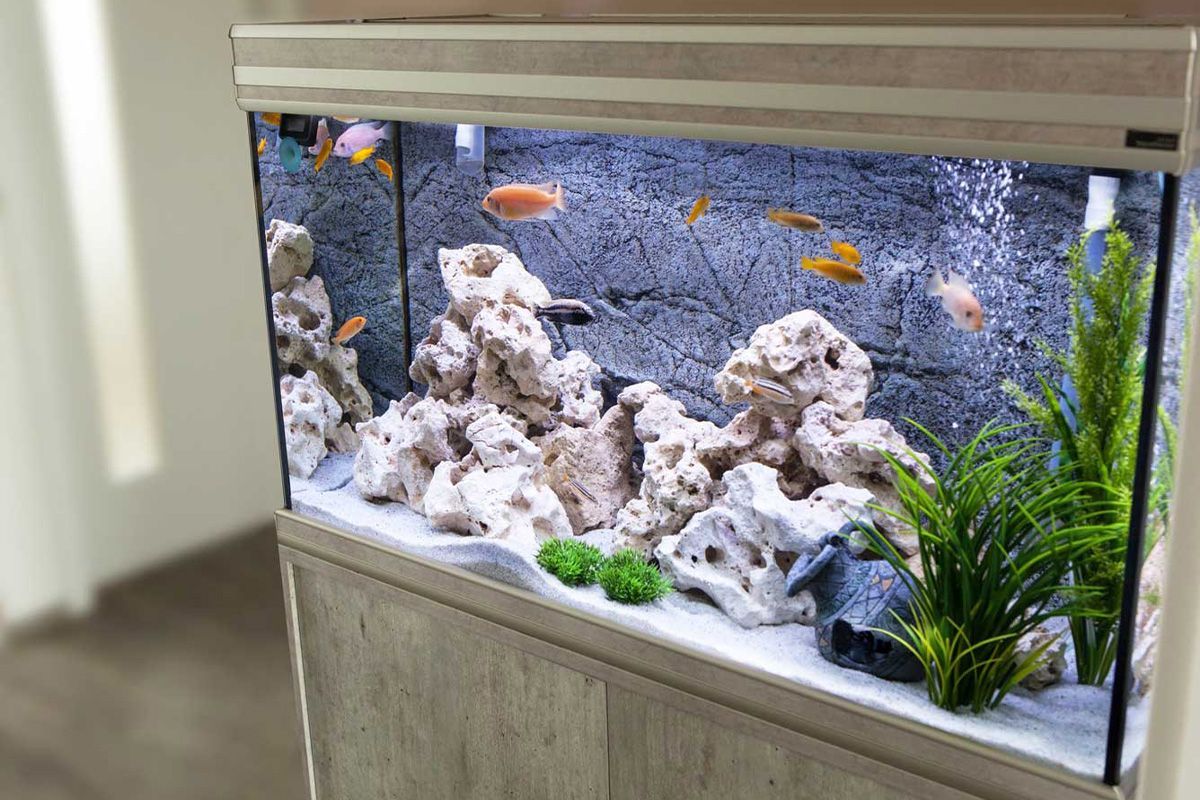
Incorporate Natural Sounds
While visuals play a significant role in creating a natural ambiance, pay attention to the importance of sound. Consider adding a minor water feature or a carefully positioned airstone to create the soothing sound of flowing water. The gentle trickling or bubbling sound will transport you to a serene natural setting and enhance the overall experience of your aquarium.
Create Seasonal Transitions
Just like nature undergoes seasonal changes, you can introduce seasonal elements to your aquarium. For example, add colorful artificial or natural leaves to the tank during autumn to mimic the falling foliage. In winter, incorporate white or silver decorations to resemble a snowy landscape. These seasonal touches add a dynamic element to your aquarium and keep the environment fresh and engaging.
Seek Inspiration and Share
Keep up with the vibrant online aquarium community to gather inspiration and ideas from fellow aquarists. Participate in forums, join social media groups, and visit local fish stores to connect with other enthusiasts. Sharing your experiences and seeking advice from experienced hobbyists can help you refine your skills and continuously improve the natural aesthetics of your aquarium.
Introduce Natural Microhabitats
Consider creating microhabitats within your aquarium to mimic the diversity found in nature. For example, you can create a sandy substrate area for bottom-dwelling fish, a rocky space with crevices for fish that love hiding, or a densely planted section for fish that prefer densely vegetated environments. These microhabitats provide your fish with various niches and replicate the natural ecological balance found in their native habitats.
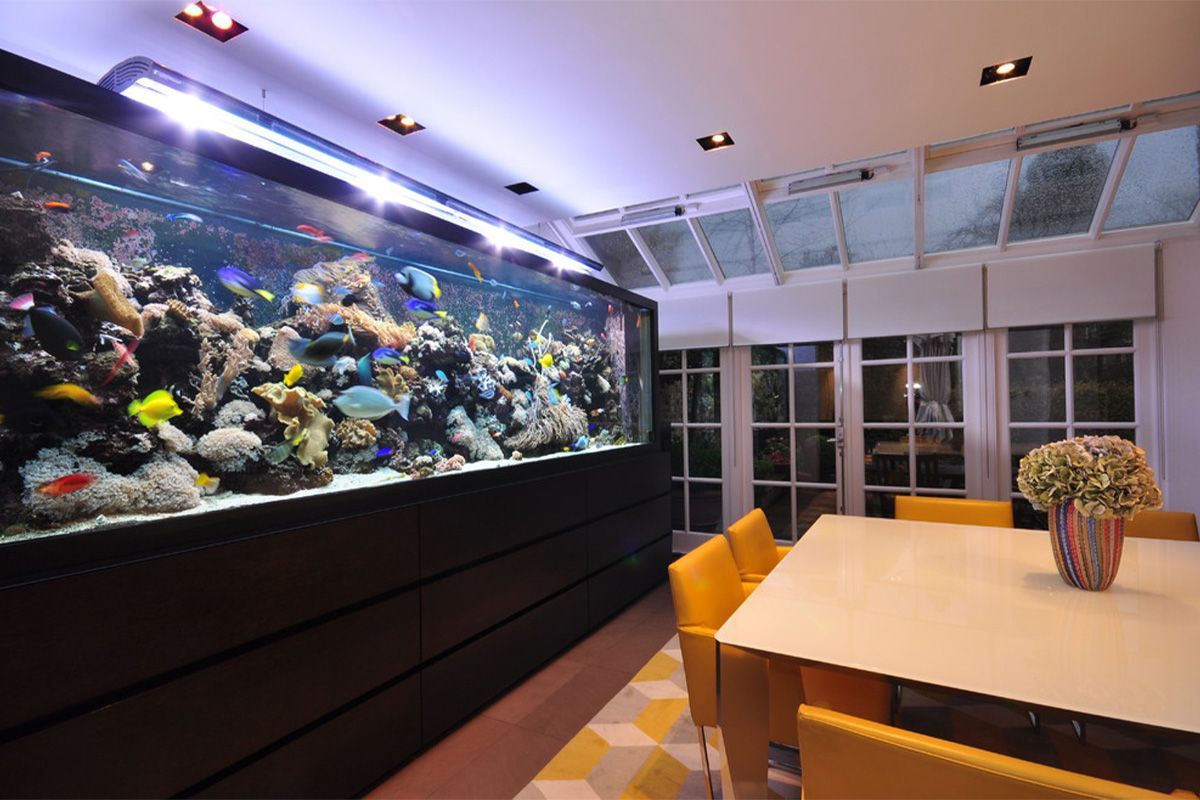
Use Natural Driftwood and Rocks
When selecting driftwood and rocks for your aquarium, opt for natural pieces that have been adequately prepared and are safe for aquarium use. Natural driftwood can look realistic, mimicking fallen branches or tree roots in aquatic environments.
Rocks like slate, lava rock, or granite can add texture, create exciting formations, and serve as plant anchor points. Ensure that any rocks or driftwood you use are aquarium-safe and won’t alter the water chemistry.
Create Depth with Foreground, Midground, and Background
To achieve depth in your aquarium
- Consider designing it with distinct foreground, midground, and background areas.
- Select low-growing plants or carpeting species for the foreground to create a visually appealing foreground landscape.
- Use taller plants or decorative elements like rocks and driftwood for the midground, and place taller plants or a natural background at the rear of the aquarium.
This layering technique adds depth and makes your aquarium appear more expansive and natural.
Incorporate Natural Focal Points
In nature, certain elements often become focal points that draw the eye. You can replicate this effect in your aquarium by strategically placing eye-catching features. For instance, a large and intricately shaped rock or a unique driftwood piece can be a focal point. Position it slightly off-center to create a visually appealing composition that adds interest and captures attention.
Use Natural Substrate Additions
In addition to the primary substrate, consider incorporating natural elements like leaf litter, botanicals, or almond leaves into the aquarium floor. These additions can simulate the natural decay of organic matter in aquatic environments, creating a more authentic and bioactive setting. They also release beneficial compounds that can promote the health and well-being of your fish.
Observe and Learn from Nature
Take the time to observe natural aquatic environments through documentaries, books, or visiting local ponds, rivers, or reefs. Pay attention to the colors, textures, and interactions among plants, animals, and the surrounding environment.

Use Natural Filtration Methods
Consider incorporating natural filtration methods in your aquarium setup. For example, you can use live plants as natural filters, as they absorb nutrients and help maintain water quality.
Aquatic plants like Anubias, Java Fern, and Hornwort are excellent choices for aesthetic appeal and filtration benefits. You can also introduce a small colony of beneficial bacteria using porous ceramic or natural filter media like bio balls.
Mimic Natural Lighting Conditions
Replicating natural lighting conditions can significantly impact your aquarium’s overall look and feel. Consider using a programmable LED light fixture that allows you to simulate the gradual sunrise and sunset and variations in intensity throughout the day. It will mimic the natural lighting cycles that fish and plants experience in their native habitats.
Incorporate Natural Water Features
If space and resources permit, you can take your natural aquarium to the next level by incorporating natural water features such as a small waterfall, stream, or cascading effect.
These features enhance the visual appeal and add a soothing auditory element, bringing the tranquil sounds of nature into your living space.
Encourage Natural Behavior
In a natural aquarium, providing opportunities for your fish to engage in their natural behaviors is essential. Research your fish species’ specific needs and behaviors and design the tank accordingly.
Let’s say you have a species that enjoys digging or foraging; incorporate a sandy substrate with small hiding spots. Your fish will thrive and exhibit their natural behaviors by creating an environment that matches their instincts.
Incorporate Natural Feeding Strategies
In the wild, fish often have to forage for their food. You can replicate this behavior in your aquarium by using feeding techniques that encourage natural foraging. Scatter food pellets or flakes in different areas of the tank, hide food within rocks or decorations or use feeding toys that require fish to work for their meals. It provides mental stimulation and creates a more natural feeding experience.
Capture Natural Movements with Slow Water Flow
While some fish prefer strong currents, others thrive in slower, calmer waters. Consider adjusting the water flow in your aquarium to match the natural preferences of your fish. Slower water flow can make fish feel more comfortable and mimic the gentle movement of water in natural environments like ponds or slow-moving streams.
Add Natural Soundscape
To create a more immersive experience, consider incorporating natural sounds into your aquarium setup. Small underwater speakers can play soft, ambient sounds like ocean waves, rainforest sounds, or bubbling brooks. These subtle background noises can enhance the sensory experience and transport you to a tranquil natural setting.
Implement Seasonal Changes
Bring the changing seasons into your aquarium by introducing seasonal variations. For example, add colorful flowering plants or blooming water lilies in spring. In summer, incorporate floating plants or decorate with vibrant greenery.
During autumn, introduce foliage in red, orange, and yellow shades. These seasonal changes create a visually dynamic aquarium and provide a sense of time passing in a natural ecosystem.
FAQs
How do I select plants for a natural aquarium?
Selecting the right plants for your natural aquarium depends on lighting, water parameters, and the desired aesthetic. Research plants native to the habitat you want to replicate and ensure they can thrive in your specific tank conditions.
Consider plant height, leaf shape, and growth rate to create a balanced and visually appealing composition. Low-maintenance plantslike Java Fern, Anubias, and Cryptocoryne are often suitable for beginners.
How can I prevent algae growth in a natural aquarium?
Algae growth is a common concern in aquariums, but there also are steps you can take to prevent and manage it. Maintain a balanced ecosystem by avoiding overfeeding and maintaining good water quality through regular water changes. Ensure your lighting duration and intensity are appropriate for your plants and fish.
Consider introducing algae-eating fish, such as Siamese algae eaters or specific species of snails and shrimp. Finally, manual removal and regular maintenance, including cleaning the glass and pruning plants, can help keep algae growth in check.
Can I keep fish from different habitats in the same natural aquarium?
While keeping fish from different habitats together is possible, it’s essential to research their specific needs and compatibility. Some fish have particular water parameter requirements or may exhibit aggressive behavior towards certain species. Ideally, choose fish that naturally coexist in the same or similar environments in the wild.
Ensure the tank size is appropriate for the species and provide plenty of hiding spots and territories to reduce stress and aggression. Proper research and carefully selecting compatible species promote a harmonious and natural community.
How often should I perform maintenance on my natural aquarium?
Regular maintenance is beneficial for the health and aesthetics of your natural aquarium. Perform partial water changes every 1-2 weeks to maintain water quality and remove excess nutrients. Clean the filter media as needed to ensure efficient filtration. Trim and prune plants regularly to hold their shape and prevent overcrowding. Remove any debris or uneaten food from the substrate. Regularly monitor water parameters like temperature, pH, and ammonia levels to ensure optimal conditions for your fish and plants. Establish a routine to maintain a thriving and visually appealing natural aquarium.
Final Thoughts
Creating a natural-looking aquarium is not just about aesthetics; it’s about providing a healthy and stimulating environment for your aquatic creatures. You can transform your aquarium into a mesmerizing natural wonderland by highlighting details like substrate, aquascaping, lighting, and plant selection. Remember, making your aquarium look natural is an ongoing process that requires experimentation and attention to detail. Embrace your creativity, observe nature, and continuously fine-tune your setup to create a beautiful and realistic aquatic environment for your fish to thrive.
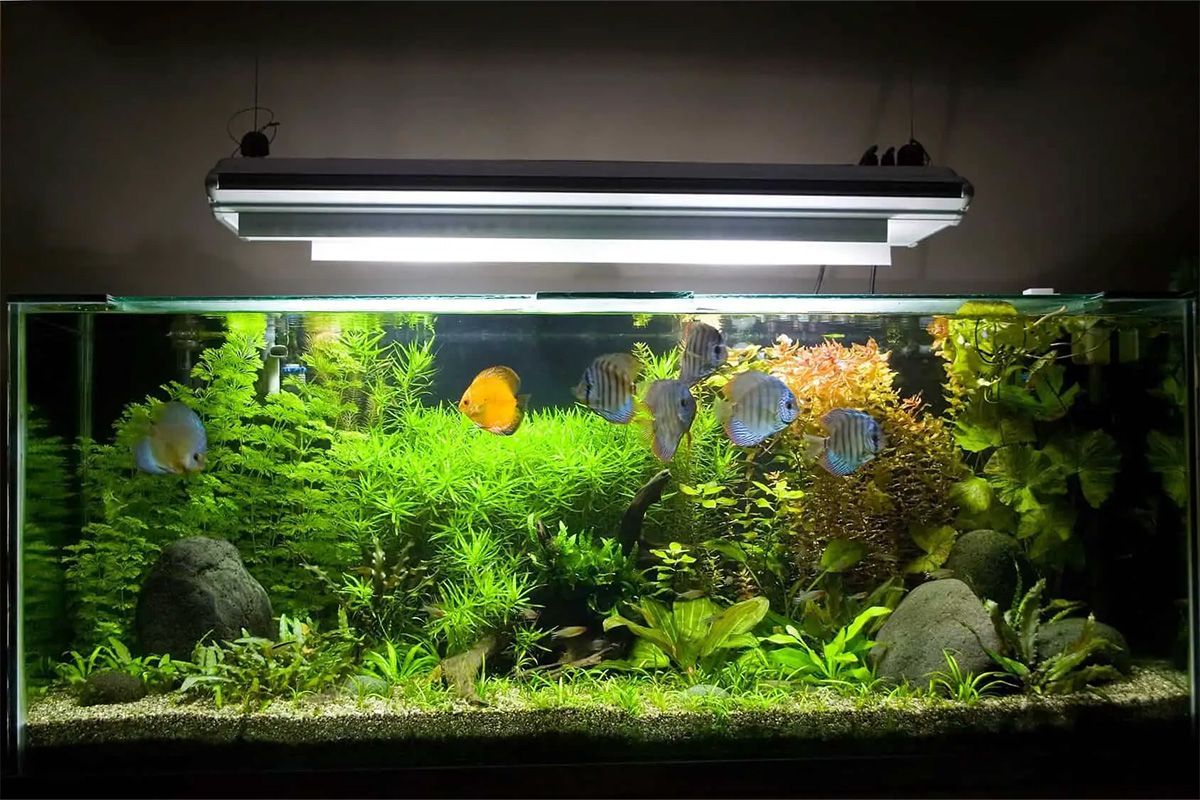

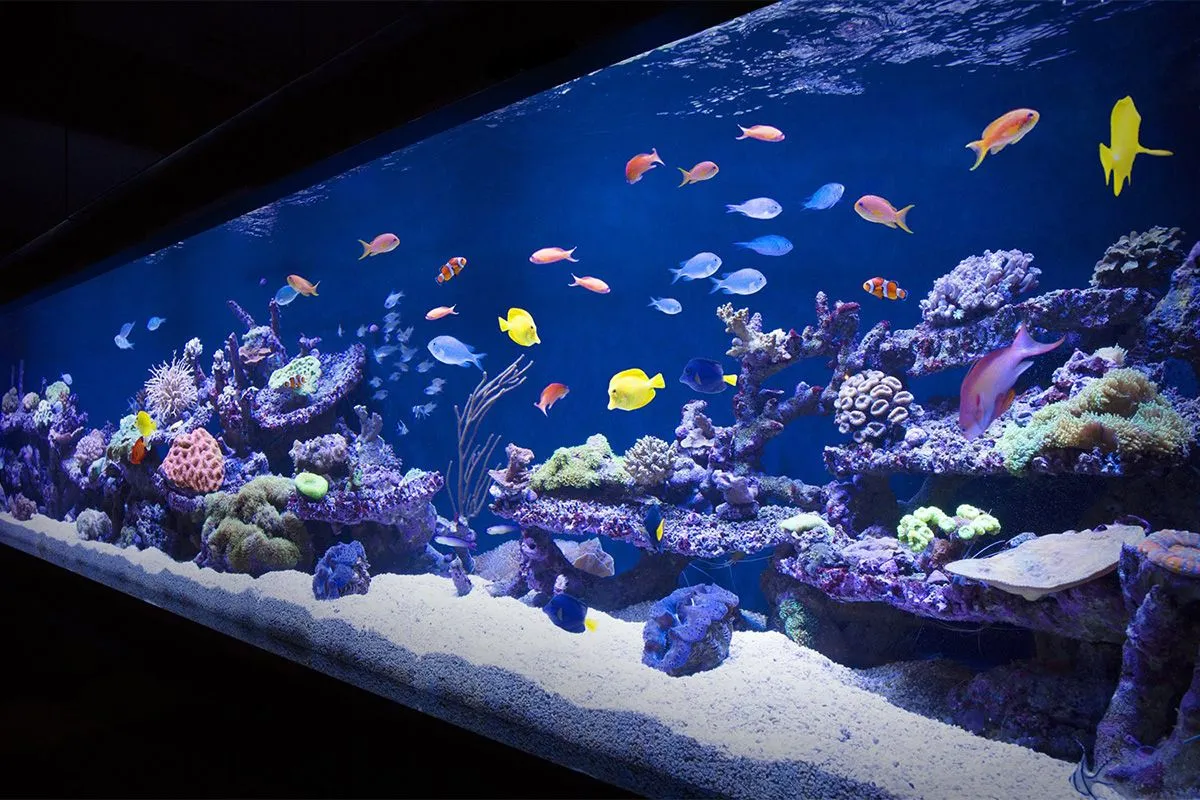
 Pursu Agency
Pursu Agency